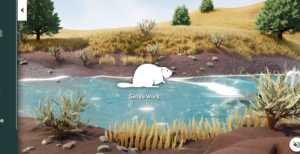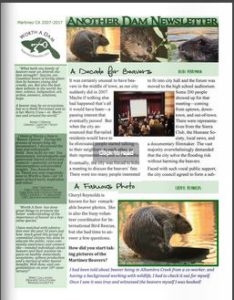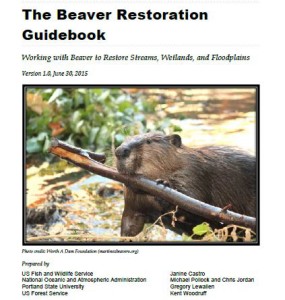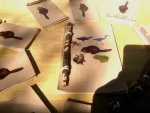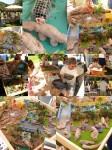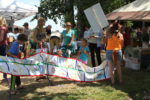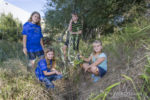If there were a single newspaper I trusted to cover beavers kindly it would be Vermont’s Brattleboro Reformer. They have dedicated beaver fans writing for them like Patti Smith, and even when they write about difficult beaver problems they are sure to include a positive voice.
And today is no exception.
Patti Smith: Heifer Hill: A New Year for beavers
On Tuesday evening I set off on skis to bring New Year’s tidings to my friends, Dew and Charley, at a remote pond. Those of you at lower elevations may be surprised to learn that there is still enough snow for skiing in Marlboro. The storm that delivered this bounty dropped the densest snowfall I can remember, ripping down branches, trees and powerlines. As I clambered through downed treetops in the topsy-turvy forest, I found myself visited by gloomy visions of future weird storms and the warm wet winters climate change will bring.
Fallen trees were not the only obstacles. Halfway there a new stream blocked my usual route to the pond. When the beavers relocated during the summer, their new dam shifted the stream into this new, more easterly drainage basin. This obstruction provoked no gloomy thoughts. I had just finished reading Ben Goldfarb’s book, “Eager: the Surprising Secret Life of Beavers and Why they Matter,” so I applauded the beavers’ contribution to the complexity of the stream system. In “Eager,” Ben writes vividly of the influence of beavers on the precolonial North American landscape. He describes a land of spongy, messy, complex waterways teeming with fish and wildlife. Because beavers were trapped out before European settlers began domesticating the wilderness, most landscape histories fail to imagine the richness of a beavered continent. I imagined such a primal place as I picked my way along the new flow to the pond.
Oh my goodness. All my favorite things in one place. How is this possible? I better drink some coffee slowly and savor this moment. I advise you to do the same. Patti Smith is writing about Eager!
I brought Ben out to meet Dew and Charley when he was in Vermont interviewing Skip Lisle for the book. Skip is a beaver habitat evangelist and has dedicated his career to developing solutions to beaver/human conflicts. Skip suggested Ben might like to meet my beavers while he was in the area, so the three of us met up one evening and hiked out to the pond. When we arrived, Dew, the matriarch, swam over to enjoy the apples we brought for her. The yearling, Charley, arrived a bit later, making his endearing squeak-whine greetings. We humans admired these two fine rodents and talked of the good works of beavers and the trials they face. We only got a little lost on the way home. I hope Ben’s wife forgave him for getting home so late.
Ahh again with the idyllic. So lovely to read. Such a charming way to understand beavers. I first read about Patti way back in 2011. Patti took the reporter on an a lovely expedition which she described thusly
As we walk, Patti and Luanne look for carnivorous sundew plants. Patti, who spends about two weeks camping near the beavers each summer, moves easily, sees the small treasures of the wetlands quickly, yet she lets her visitors make their discoveries in their own time. It is clear that, just as she visits the beaver’s house, we are in her house, and she is a gracious host.
Hearing her idyllic experience led me to contrast my own. I had to offer a rendition with some of the writing I remember most fondly on this website in over a decade, Here is my Martinez parody;
As we walk, Heidi and Cheryl look for carnivorous homeless while Jon stuffs the most noxious trash furtively into a plastic bag. No hypodermic needles tonight, and there is a feeling of cheer among the crowd to notice that there are three whole trees the city hasn’t yet vindictively trimmed into oblivion. A fight breaks out in the brew pub and the argument is briefly reflected on the water in a patch of rainbow oil. As the sun begins to set the wind stirs the smell of stale urine from beneath the bridges and raccoons emerge to pick through containers of abandoned cat food.
Ahhh I don’t mean to boast but I love that paragraph dearly. It brings back SO many memories of urban beaver watching. One time a homeless couple walked right by me and commented “She just sits here every morning, looking at the creek. Just talking to god.” I realized in that moment I had become a kind of ‘beaver shopping bag lady’. Whose quirky habits were even recognized by the homeless. HA! When I wrote the above paragraph I added at the time that it was too much fun and I had to stop myself. It was true. Even now I’m tempted to add a line.
No. Let’s just stick with Patti.
The changes we humans impose on this good planet cause irrevocable damage to its life-generating and -sustaining capacities. The changes beavers make enrich habitat for countless other species and mitigate the damage we cause. Which species has the higher claim to a disputed site? I know who I’d vote for. If you read “Eager,” I think you’ll agree.

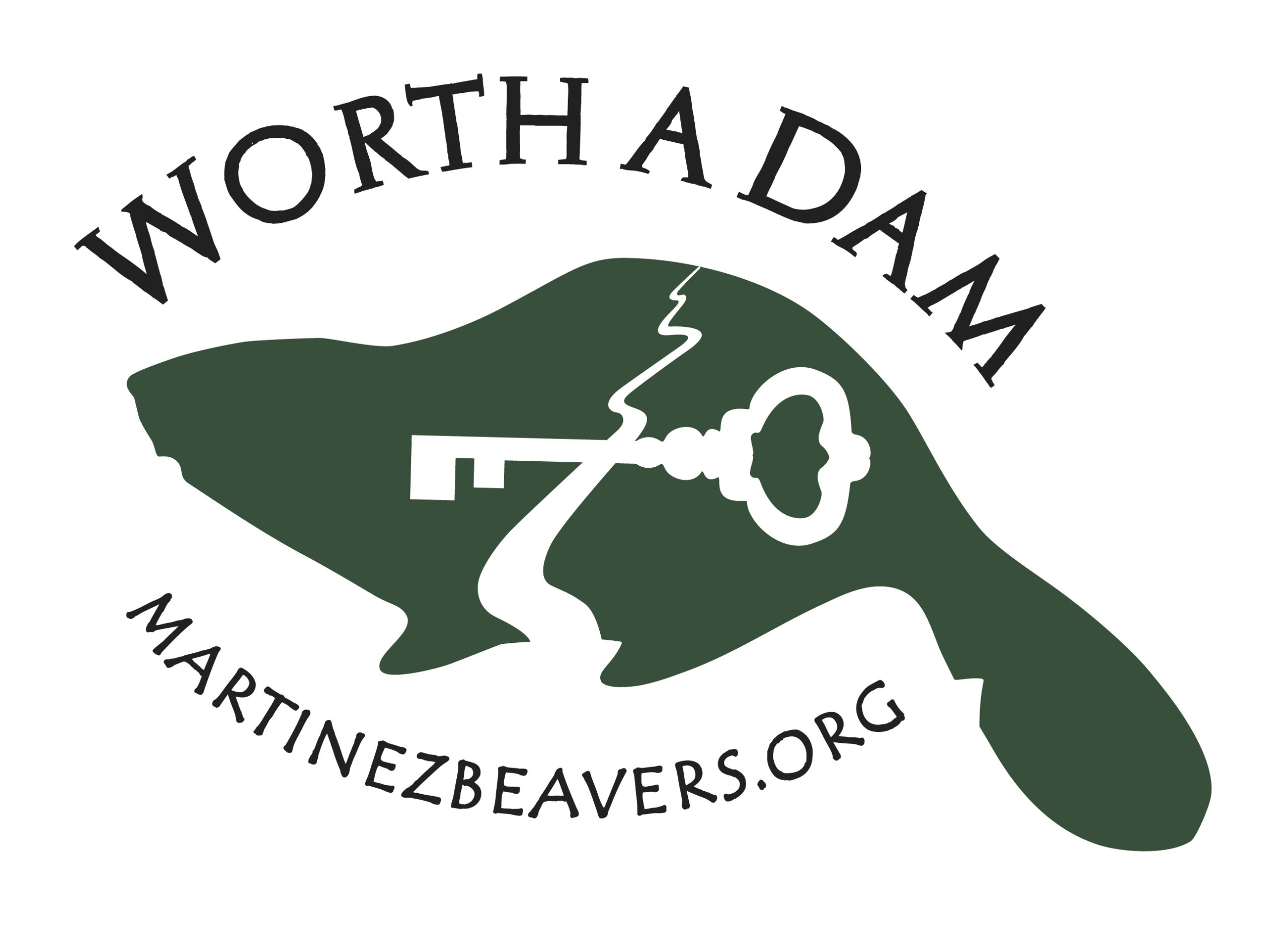

 Yesterday I was asked by Michael Howie of
Yesterday I was asked by Michael Howie of 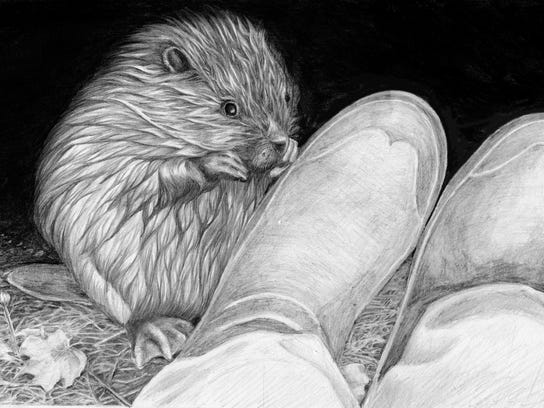 Scotland visits our friends in Vermont to learn how to coexist with beavers.
Scotland visits our friends in Vermont to learn how to coexist with beavers.









